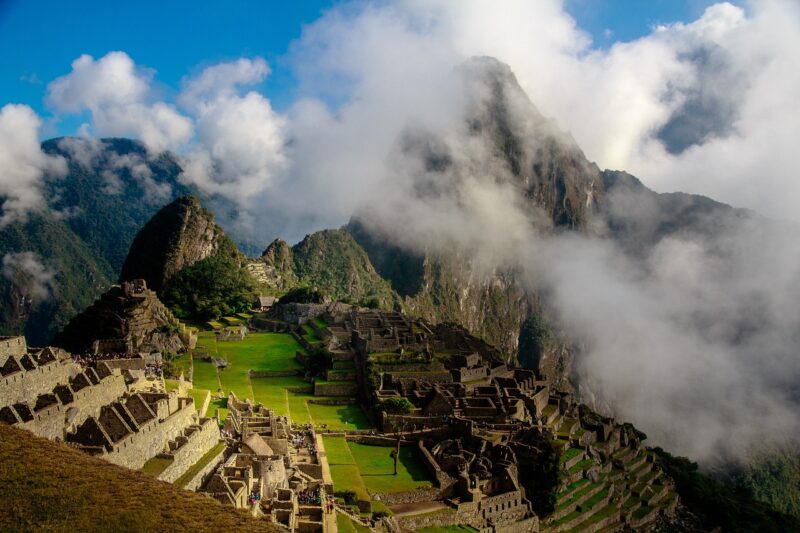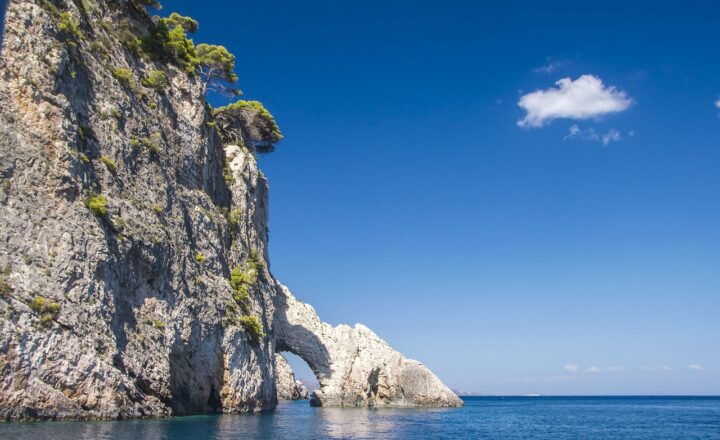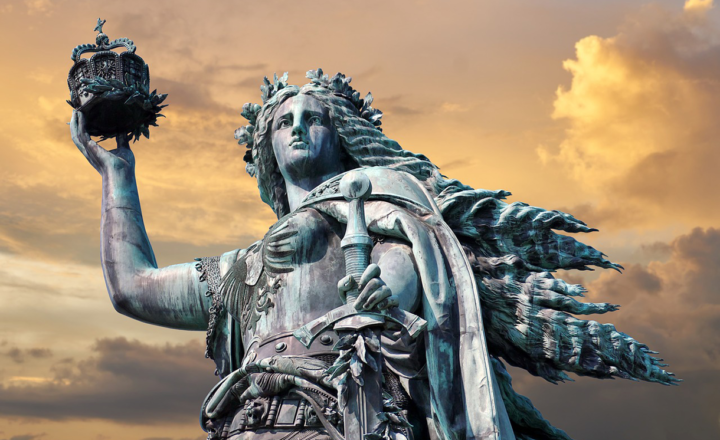
The ancient Minoan civilization, known for its remarkable advancements and enigmatic traditions, flourished on the island of Crete from approximately 2600 to 1400 BCE. Renowned for its art, architecture, and trade networks, the Minoan culture played a pivotal role in the evolution of civilization in the Aegean region and beyond. This article aims to delve into the intricacies of the Minoan civilization, exploring its rise, cultural achievements, and the factors that contributed to its eventual decline.
1. The Origins of Minoan Civilization
The Minoans emerged in a unique historical context, influenced by geographical, social, and economic factors. Sitting at the crossroads of several ancient cultures, Crete served as an ideal location for the development of trade and cultural exchange.
The Minoans are believed to have descended from Neolithic settlers who arrived on the island thousands of years prior to the civilization’s emergence. As these early inhabitants adapted to their environment, they gradually developed complex agricultural systems that laid the foundation for the growth of urban centers.
One key feature of Minoan civilization was its palace complexes, serving as both administrative centers and symbols of political power. The Palace of Knossos, the most famous of these complexes, revealed the sophistication of Minoan society through its architecture, advanced drainage systems, and elaborate frescoes that adorned its walls.
2. Minoan Society and Culture
Minoan society was organized in a way that showcased a remarkable level of social complexity. However, much about their societal structure remains shrouded in mystery due to the limitations of their written records, primarily Linear A, an undeciphered script.
Minoan culture can be characterized by:
- Artistic Achievements: Minoans are best known for their stunning frescoes, pottery, and sculptures. Notably, the frescoes from the Palace of Knossos depict scenes from nature, rituals, and daily life, illustrating their artistic expertise and vibrant culture.
- Religion and Rituals: Minoan religion was polytheistic and likely focused on goddess worship, with evidence of ritualistic practices centered around agricultural fertility and the reverence for nature. Sacred places, like caves and mountaintops, played an essential role in their spiritual life.
- Trade Networks: The Minoans established extensive trade networks throughout the Mediterranean, trading goods such as pottery, textiles, gold, and agricultural products. Their maritime prowess enabled them to interact with other ancient civilizations, including those in Egypt, the Levant, and the Aegean islands.
These cultural elements showcase the Minoans’ significant contributions to the development of civilization in the prehistoric Mediterranean world.
3. The Rise of Minoan Power
The Minoans achieved great prosperity during the Aegean Bronze Age, primarily due to their dominant maritime trade position. The following factors contributed to the rise of their civilization:
- Geographic Advantage: Crete’s strategic location facilitated trade between the East and West. The Minoans harnessed naval technology to navigate the Mediterranean, allowing them to establish commercial routes and alliances with neighboring cultures.
- Technological Innovations: The Minoans excelled in metallurgy and pottery, using advanced techniques that set their work apart from that of their contemporaries. Their ships were particularly notable for their design and construction, enabling efficient transport of goods across vast distances.
- Political Stability and Centralization: Minoan society was likely characterized by centralized power, with palatial complexes serving as administrative and economic hubs. This centralization facilitated efficient management of resources and trade agreements, promoting societal growth and stability.
In light of these factors, the Minoan civilization witnessed unparalleled cultural and economic advancement, solidifying their influence in the ancient world.
4. The Decline of the Minoans
Despite their impressive achievements, the Minoan civilization experienced a decline that began around 1450 BCE. The causes of this decline are still debated among historians, but several key factors likely contributed:
- Natural Disasters: Evidence suggests that the Minoans faced significant natural disasters, including earthquakes and volcanic eruptions. The eruption of Thera (modern-day Santorini), one of the most powerful volcanic eruptions in recorded history, led to widespread destruction and may have destabilized the Minoan economy and infrastructure.
- Invasions by the Mycenaeans: Following the decline of the Minoans, the Mycenaean civilization from mainland Greece began to establish dominance over the Aegean. Archaeological evidence indicates that the Mycenaeans invaded Crete and took control of Minoan trading routes and territories, leading to the eventual collapse of Minoan structures.
- Economic Shifts: As trade routes changed and rival powers emerged, the Minoans may have experienced economic difficulties that weakened their political and social systems. The loss of control over key trading partners and resources likely strained the Minoan economy, contributing to their decline.
No single factor can fully explain the fall of the Minoan civilization, but a combination of internal and external challenges ultimately led to its downfall.
5. Legacy of the Minoan Civilization
While the ancient Minoan civilization eventually fell into decline, its legacy continues to have a profound impact on subsequent cultures. Today, the Minoans are celebrated for their contributions to art, architecture, and trade:
- Influence on Later Civilizations: The Minoans’ innovations in art, architecture, and trade practices impacted the Mycenaean Greeks, who adopted and adapted various Minoan cultural aspects throughout their civilization. The emergence of Greek mythology also reflects the influence of Minoan religious practices.
- Archaeological Significance: The discovery of Minoan sites, such as Knossos and Phaistos, continues to provide researchers with invaluable insights into prehistoric Aegean societies. Excavations have unveiled a wealth of artifacts, helping to reconstruct Minoan life and culture.
- Cultural Education: Today, study of Minoan civilization is an integral part of understanding the development of European civilization and the cultural melding that occurred in the ancient Mediterranean world. Their achievements inspire discussions about innovation, trade, and cultural exchange.
Through the annals of history, the Minoan civilization remains a symbol of human achievement, illustrating the remarkable journey of cultural evolution and the interplay of various elements that contribute to the rise and fall of societies.
Conclusion
The Minoan civilization stands as a testament to the ingenuity and creativity of ancient societies. From its breathtaking art and complex societal structures to its vast trade networks, the Minoans embody the spirit of innovation and cultural advancement that defined the prehistoric Aegean. Despite the mystery surrounding their decline, the legacy of the Minoans endures, continuing to capture the imaginations of historians, archaeologists, and enthusiasts alike. The navigation of challenges, resilience in the face of adversity, and the eventual transformation of societies can be traced through the fascinating narrative of the Minoans, offering essential lessons for contemporary civilizations today.







